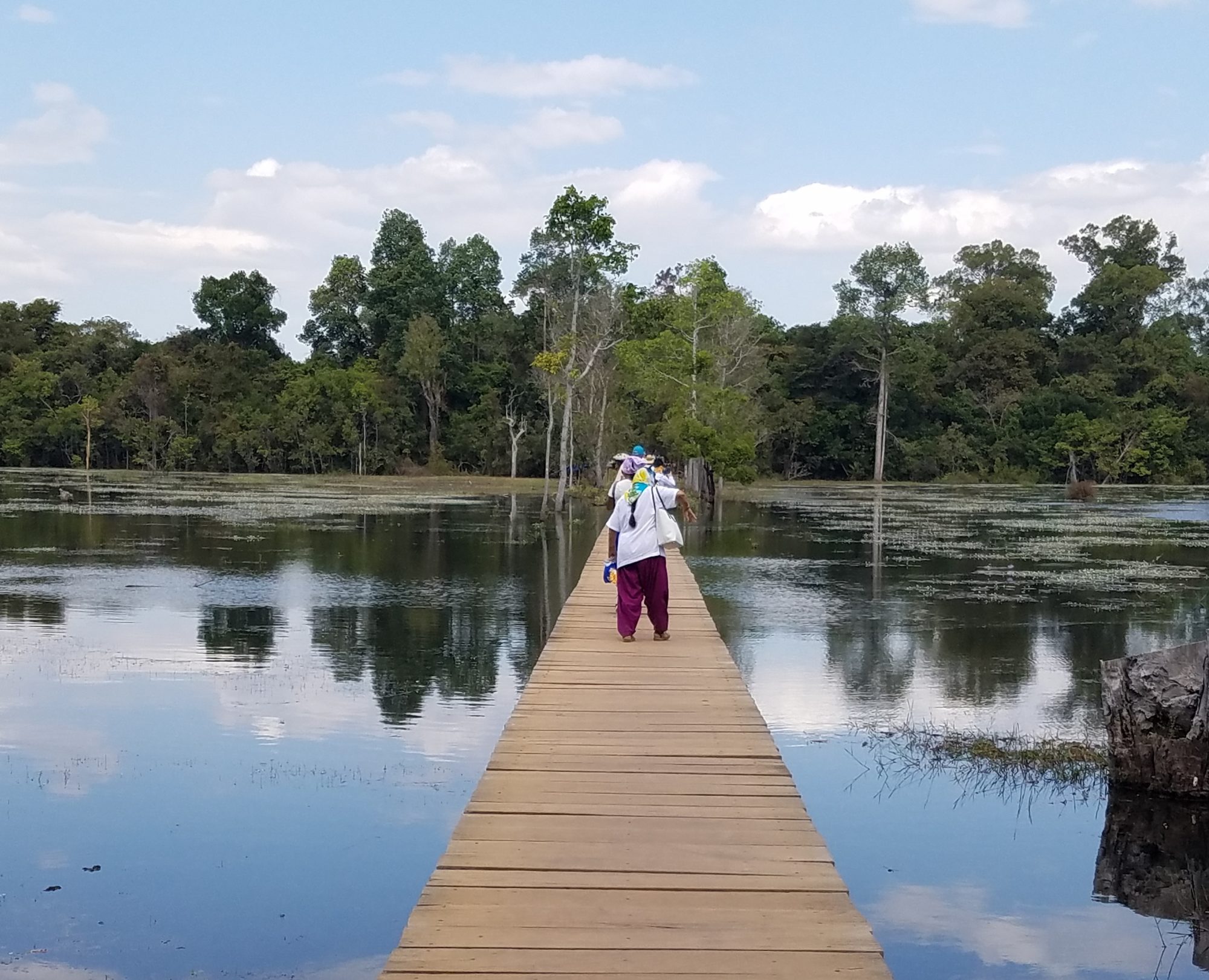“Coffee makes us severe, and grave, and philosophical.” – Jonathan Swift
While most things are almost back to normal in China, travel remains one aspect of life that is still suffering a large Covid-induced impact. Only a handful of Asian countries have opened their borders to tourism and China’s current restrictions mean that if I do leave the country, I won’t be able to get back in for, perhaps, months. Before Covid, I had gotten used to traveling internationally every other month but now I’ve been stuck in my adopted city of Qingdao since early February. I’m really feeling that itch to travel and among all the places I’ve been, I think I miss Vietnam the most.
Vietnam is an absolutely beautiful country with tremendously friendly people and possibly the best food in all of Asia, although Malaysia could make a good argument. I’ve been to Vietnam now three different times and have spent quite a bit of time in the south, central highlands, and central coast. On my last trip, I had the great pleasure to visit a coffee farm on Langbiang Mountain in the Central Highlands and it was one of the highlights of my time in Vietnam.
The coffee tree was introduced to Vietnam by the French in the 1800s and the central highlands have proved a perfect place to cultivate them. So much so that Vietnam now ranks just behind Brazil as the second largest coffee producer in the world. While they do produce some fine Arabica coffee, the type of coffee is mostly sold in coffee shops where the drinker is able, usually, to delineate different flavor profiles, they also produce the most Robusta coffee in the world. This is the type of coffee that is often used in instant coffee mixes and typically drank by local Vietnamese, although usually with condensed milk (ca phe sua da) or, my favorite, an egg yolk (ca phe trung).
My Vietnamese friend, Chrisstyna, and I set out early one morning for the 30-minute scooter ride from Da Lat through the highland mountains of Lam Dong to the K’ho Coffee Farm. The most common mode of transportation used in Vietnam is the scooter. In cities like Saigon, they are ubiquitous, as abundant as taxis in New York traffic. Luckily, the traffic in the mountains isn’t as bad and we had a clear ride, winding through the mountains.The K’ho are an ethnic minority group in Vietnam that live in the Lam Dong mountains. Many are coffee farmers.
The K’ho Coffee Farm is run by Rolan, a fourth generation coffee farmer, and her husband, Joshua, who wasn’t there on the day we took our tour. Rolan was extremely warm and welcoming and brewed us a cup of hot coffee immediately on our arrival. She then walked us down a hill to start our tour, passing through rows of coffee trees. Coffee grows likes cherries on a tree and a few were ripe enough to pick off and taste.




From the trees, Rolan and another guide walked us through every step of the coffee process. We were even able to take our coffee through that process and eventually roast it, using a few different methods. We tasted a dozen or so coffees and were taught how to detect the flavor profiles. As a coffee snob who thought he knew all there was to know about the elixir of life, I was amazed at how much I didn’t know about it.



The tour lasted throughout the morning and at noon, we walked back to the cafe where we had begun our tour. There we were served a traditional K’ho lunch and relaxed on the veranda. Rolan even played us a tune on the t’rung, a traditional bamboo xylophone.
On the way back to Dalat, we stopped off in the mountains for one more cup of coffee. This time, it was the famous weasel coffee, Kopi Luwak. Weasel coffee is actually a bit of a misnomer, however, as in Vietnam it is the civet cat that eats the coffee cherries and defecated them back out to be roasted. Yes, some of the most delicious, and expensive, coffee in the world comes from the excrement of these adorable varmints, although I’m really curious as to who was the first person who thought it was a good idea to try it!

